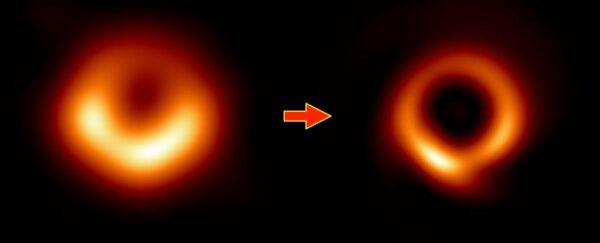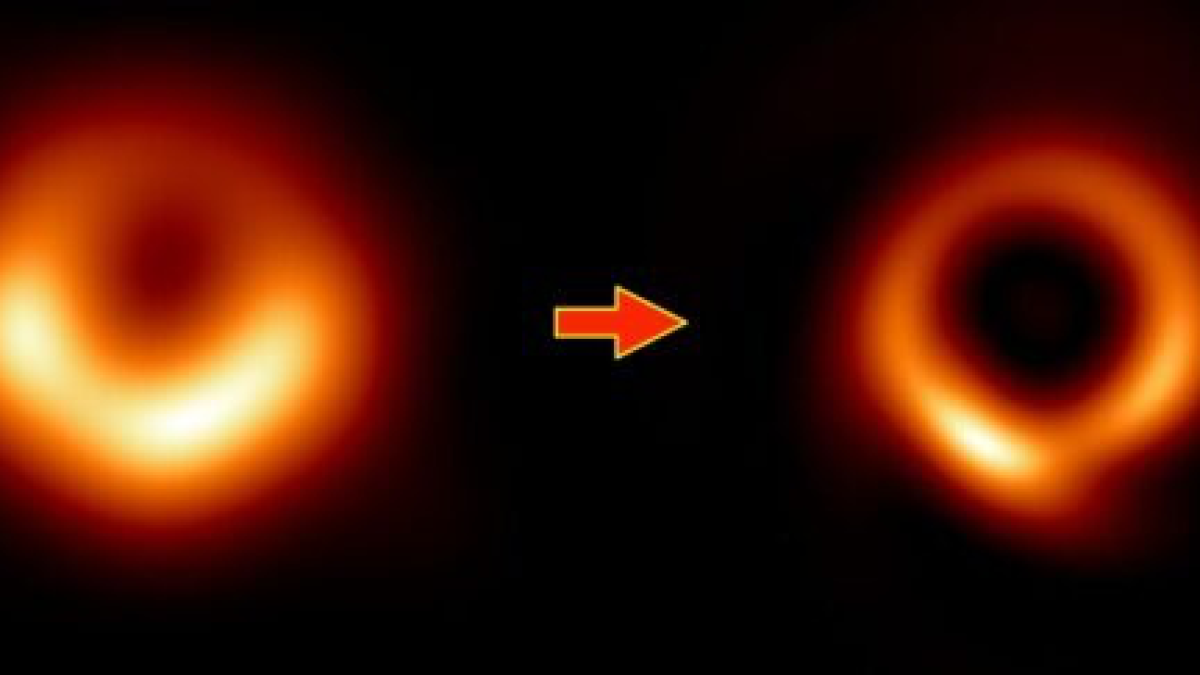The first image of a black hole was taken on 10 April 2019 by the Event Horizon Telescope which was a combination of 7 giant radio telescopes around the globe. It took 4 days to collect the final image that is now-familiar. But since this telescope was not physically integrated, the resulting data also had gaps. So, scientists used a machine learning algorithm called principal-component interferometric modeling (PRIMO) to process the gained image for better resolution. PRIMO relies on something called dictionary learning, in which an algorithm is trained by being shown thousands of examples of a thing to learn the rules of how that thing works. The researchers trained PRIMO with over 30,000 simulated images of active black holes so that it could learn how the process works and look for patterns. This better-quality image provides more details of the blazing orange material swirling around the M87* black hole, helping scientists in theoretical studies and tests of gravity.




Add a Comment